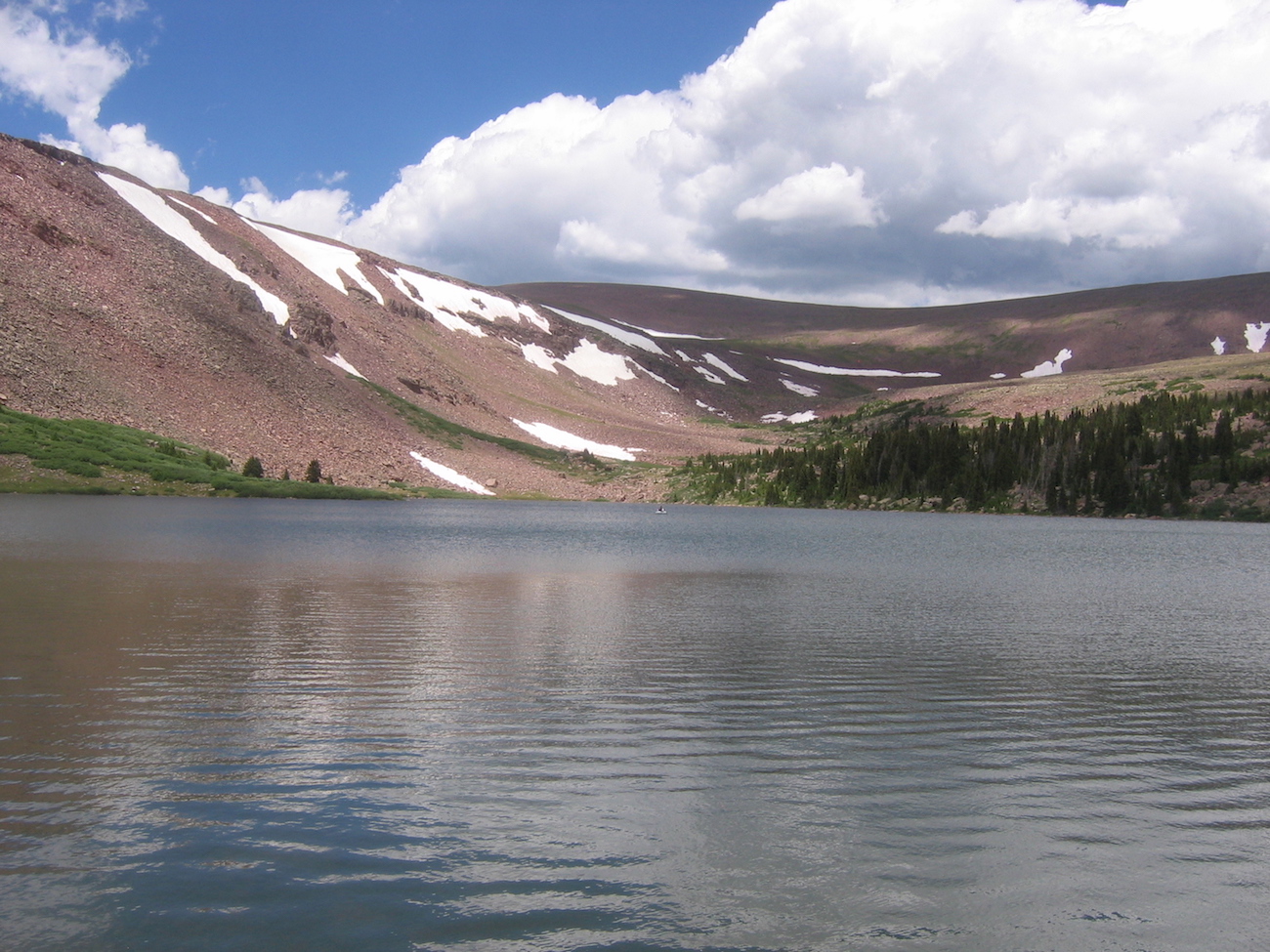 Earth & Space
Earth & Space
Nitrogen pollution from lowlands reaches distant mountain lakes
Uncontaminated environments are preserved from the pollution which affects the big cities life...or not?

Nitrogen is required by all living things, but too much of it can be a problem for aquatic ecosystems. Excess reactive nitrogen (nitrate and ammonium, forms that can be used directly by plants and algae) can cause lake eutrophication which can include harmful algal blooms, declining water quality, loss of biodiversity and other changes in lake ecosystems.
Humans have more than doubled the amount of reactive nitrogen in the natural system.1 The main sources of reactive nitrogen are agricultural and industrial runoff, sewage, fossil fuels, and legume crop production. These sources are found in populated areas, but evidence is mounting that reactive nitrogen pollution is more widespread. For example, several researchers have suggested that the amount of reactive nitrogen is increasing in remote mountains of the Western United States and affecting the ecology of lakes within2,3,4. However, researchers had not yet identified the sources of reactive nitrogen to these remote areas - that information is necessary to create a game plan for nutrient management and mitigation.
We set out to determine the sources of nitrate to high elevation lakes for the very first time. We focused our research on lakes in the Uinta Mountains in Utah (U.S.A), which are 150 km from the nearest metropolitan area (Salt Lake City). Human activity around the study lakes is limited to recreation and, in years past, free range sheep and cattle grazing.
We analyzed stable isotopes (oxygen and nitrogen) of nitrates within lake water, stream water, and snow, and in particular, the oxygen-17 contents, which are typically not measured in similar studies. Stable isotopes are atoms of the same element with different masses, making them behave slightly differently in nature. By looking at all three stable isotopes of oxygen, as well as the two stable isotopes of nitrogen, we obtained signatures (like fingerprints) of nitrate that help us differentiate between various nitrate sources, including fertilizer, manure, soil, and atmosphere.
Using this fingerprinting technique, we determined that 60% of lake and inflow nitrates in Uinta Mountain watersheds originate from fertilizers. These fertilizers are transported through the air and may come from as far away as the Wasatch Front and California. Another 10% of nitrates in the lakes and streams are derived from fossil fuels. That brings the total nitrate originating from human activities to 70% with fertilizers having, by far, the greatest impact. That's a surprisingly large contribution of human-derived nitrates for lakes that have little direct human influence. To add insult to injury, remote mountain lakes tend to be extra sensitive to changes in nutrients.
So, is atmospheric nitrogen pollution limited to the Uinta Mountains? As you may suspect, the effects of atmospheric pollution are likely to be more widespread. Our comparisons to available more conventional stable isotope data for nitrates in Rocky Mountain lakes in the Western United States5 suggest that other mountain lakes are also receiving human-derived sources of reactive nitrogen.
This study adds to evidence that human activities have a strong influence on remote regions, and calls into question our current practices. Identifying atmospherically delivered fertilizers as the largest contributor to nitrate in these remote lakes is important for developing effective mitigation strategies, particularly given the anticipated expansion of human populations and fertilizer use.
Original Article:
Hundey E, Russell S, Longstaffe F, Moser K. Agriculture causes nitrate fertilization of remote alpine lakes. Nature Communications. 2016;7:10571. doi:10.1038/ncomms10571.Edited by:
Massimo Caine , Founder and Director
We thought you might like
Why some forests burn better than others
May 19, 2015 in Earth & Space | 4 min read by Elisa Dell'AglioTara Oceans Expedition sequences the ocean
Nov 24, 2015 in Earth & Space | 4 min read by Chris BowlerOcean acidification and its effects on coral reef growth
Jul 8, 2016 in Earth & Space | 3.5 min read by Rebecca AlbrightResetting nature’s clock: shifting seasons and species relationships
Sep 14, 2016 in Earth & Space | 3.5 min read by Stephen Thackeray , Sarah BurtheMore from Earth & Space
Discovery of the first radiation belt beyond the Solar System
Jan 27, 2025 in Earth & Space | 3.5 min read by Juan Bautista Climent OliverOne million (paper) satellites
Jan 24, 2025 in Earth & Space | 3 min read by Ewan Wright , Andrew FalleVolcanic Ash: A Nutrient Boost for Reef-Building Corals
Sep 18, 2024 in Earth & Space | 4 min read by Frank Förster , Tom SheldrakeAmmonia Energy: A Call for Environmental Awareness
Aug 29, 2024 in Earth & Space | 3.5 min read by Matteo Bertagni , Robert Socolow , Amilcare PorporatoLikely increase in coral thermal tolerance at a Pacific archipelago
Dec 29, 2023 in Earth & Space | 3 min read by Liam LachsEditor's picks
Trending now
Popular topics


